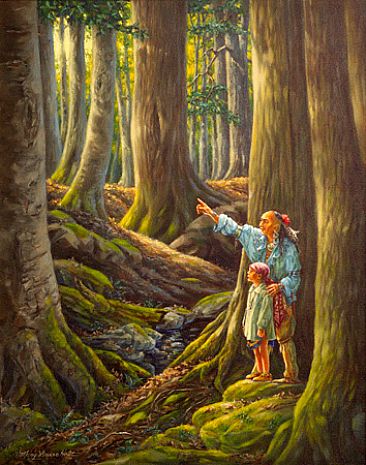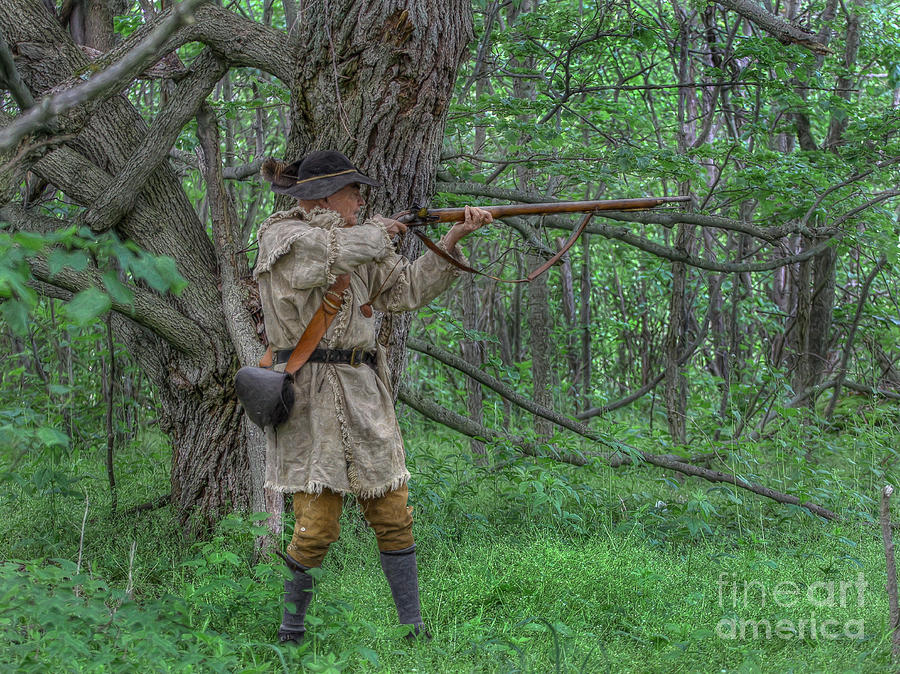Native Americans knew how to treat the forest to keep it clear of dangerous undergrowth and dead material that fuels large first. This practice enabled them to travel easily and to spot unwelcome visitors. Natives employed forestry practices that maximized the growth of trees and other useful plants and minimized others that were not. Native Americans also knew how to use backfires to control large fires.
Trees
were an important source of food and construction material for the Native
people and later the settlers. In the Northeast Native Americans lived in wigwams or longhouses made of trees and bark. Natives
taught Europeans to gather native nuts such as pecans, hickory and pine nuts,
acorns and walnuts, as well as paw paw and maypop fruits. They showed them how to make maple
syrup. The sassafras tree was used to
make tea, medicine, flavoring and dye.
Many
Americans became wealthy from companies using wood products. New England settlers sold lumber and firewood
to European sailors. Frequently the
local lumber industry used Natives. New
England ships dominated early whaling industry because American built ships
were cheaper. The colonies also sold
vast quantities of fish and firewood to Caribbean sugar mills.
Wood
was important economically. Not only did
wooden structures house people and businesses and provide sailing ships, wagons,
early railroad cars, bridges and toll roads were built out of wood.
Native
Americans remain connected with their environment. In the post contact era, it was common for
Native people to earn money by making and selling baskets, commonly made from
ash trees. In the late 1990s Native
Americans made up more than one half or more of the total forest fire fighting
forces. Some of the best fire teams were
Native American. Of the sixty-five most
skilled crews, the Type 1 crews, five were made up exclusively of Native
Americans. Seventy percent of the
majority of fire crews, the Type 2, are comprised of Native Americans.
One
of the best Type 1 crews is the Fort Apache Hotshots. They were one of the first Native units and
are considered one of the best in the world.
The members train with six months of daily running and
conditioning. The Chief Mountain
Interagency Hotshot Crew from the Blackfeet Reservation in Western Montana is
so highly regarded it is among the first to be called into action each
season.




